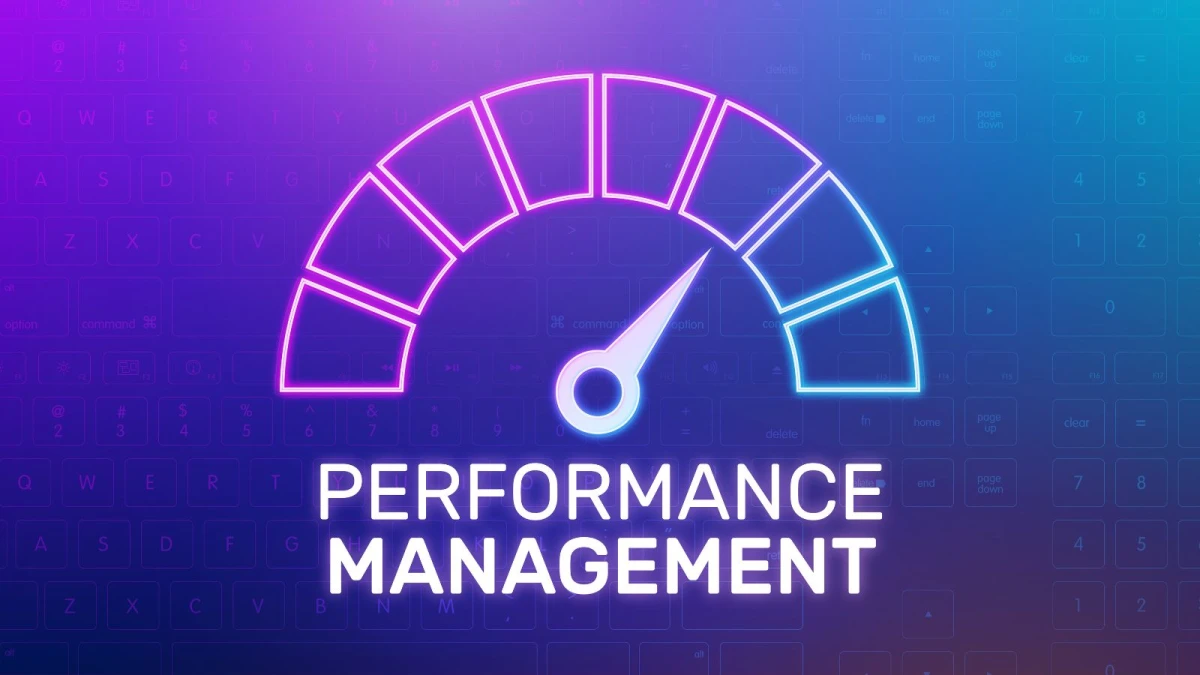
How to improve organization’s performance management capability?
What is performance management
Performance management is the method by which the organization manages the organizational and employee performance. Every organization has some form of Performance Management implemented, so that they can agree on budgets and targets, measure progress, discuss deviations and make new plans for the future. This Plan-Do-Check-Act cycle is heavily engrained into the budgeting and forecasting processes and forms the basis for annual reviews, strategic (re)orientation and renumeration.
Taking a holistic perspective
Many different methodologies exist for performance management because in practice, the definition of Performance Management becomes more diffused, when the level of detail, the alignment with risk and controls, the degree of business partnering and the embedding at team or employee level is considered:
- Level of detail refers to the definition, cascading and operationalization of Key Performance Indicators. This can be as little as the definition of some high-level, overarching group KPI’s on the one hand, to the creation of a value-tree with operational drivers, heavily rooted in data analytics with a data-driven and automated update, on the other hand
- Alignment of risk and controls relates to the guiding philosophy the organization takes on operational excellence and effective control. These are essentially two sides of the same coin, and taking a holistic view of a value chain from both a KPI and a KRI (Key Risk Indicator) perspective can help drive and protect value simultaneously
- The degree of business partnering refers to the Performance Management activities that the finance function undertakes to deliver insights to its stakeholders (specifically the business), engage with the business on value-enhancing initiatives and advise on strategies to achieve business goals. This requires a specific skillset, sometimes at odds with the traditional administrative & accounting skills the finance function is famous for
- Finally, embedding performance management at team or even individual level, expands the steering from a strategic and tactical focus to also an operational focus, where modern tooling such as process mining can deliver factual insights on performance bottlenecks and underpin the creation of action plans and improvement initiatives, aligning individual performance with overall business performance
[....]



